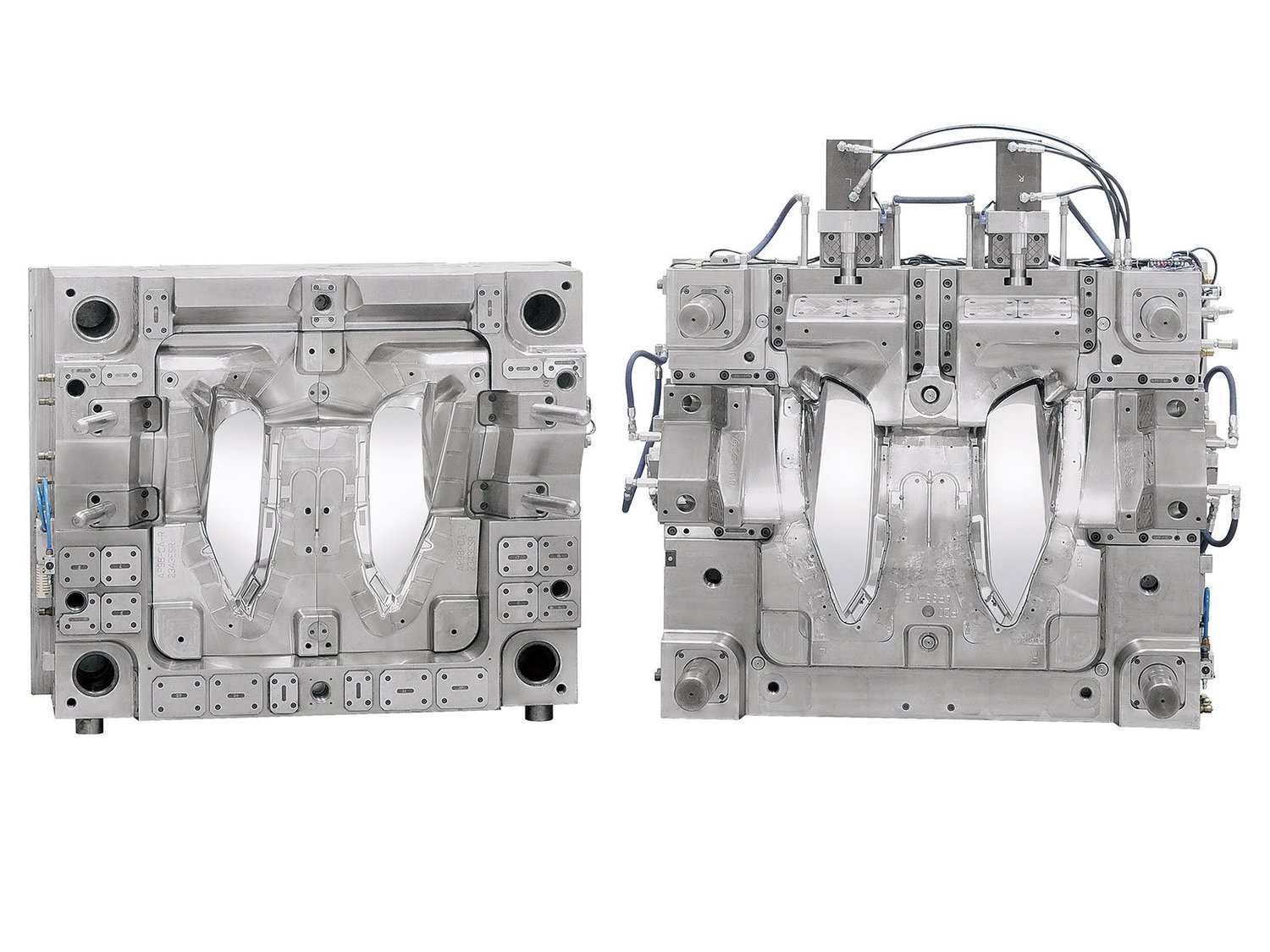Have You Considered the Environmental Impact of CNC Machining??
Introduction:
CNC (Computer Numerical Control) machining has revolutionized various industries by providing precise and efficient manufacturing capabilities. However, it is crucial to consider the environmental impact of this advanced technology. In this article, we will explore the different aspects of CNC machining and its effects on the environment. By understanding these impacts, we can work towards implementing sustainable practices in the manufacturing sector.
The Energy Consumption of CNC Machining
CNC machining involves the use of computer-controlled machines that shape and cut materials with precision. However, these machines require a significant amount of energy to operate efficiently. The energy consumption of CNC machines primarily comes from electricity usage. Large-scale CNC machining facilities can consume substantial amounts of electricity, contributing to the overall carbon footprint of the manufacturing industry.
The Role of Raw Materials in Environmental Impact
Raw materials used in CNC machining, such as metals and plastics, have their own environmental implications. Extracting and processing these materials often involve energy-intensive processes and can result in the emission of greenhouse gases. Additionally, the disposal of waste materials generated during CNC machining can contribute to environmental pollution if not managed properly.
Waste Generation and Management
CNC machining produces various types of waste, including leftover material scraps, coolants, and cutting fluids. Improper management of these wastes can have detrimental effects on the environment. For example, if coolants and cutting fluids are not handled correctly, they can contaminate water sources and harm aquatic ecosystems. Implementing effective waste management practices, such as recycling and proper disposal, is crucial to minimize the environmental impact of CNC machining.
The Importance of Energy Efficiency in CNC Machining
Energy efficiency plays a vital role in reducing the environmental impact of CNC machining. By optimizing machine settings, using advanced cutting techniques, and adopting energy-saving technologies, manufacturers can significantly reduce energy consumption. Investing in energy-efficient CNC machines and regularly maintaining them can also contribute to minimizing the carbon footprint of the manufacturing process.
Reducing Emissions through Sustainable Practices
Implementing sustainable practices in CNC machining can go a long way in reducing environmental impact. For instance, using eco-friendly lubricants and coolants can help minimize the release of harmful chemicals into the atmosphere. Additionally, adopting recycling programs for materials and implementing responsible manufacturing processes can contribute to a greener and more sustainable manufacturing industry.
Exploring Alternative Materials for CNC Machining
One way to mitigate the environmental impact of CNC machining is to explore alternative materials. Some materials, such as composites or bio-based polymers, have a lower carbon footprint compared to traditional materials like metals. By using these alternative materials, manufacturers can reduce energy consumption and greenhouse gas emissions associated with CNC machining.
Advancements in CNC Technology for Environmental Sustainability
The CNC machining industry is constantly evolving, and advancements in technology are helping to address the environmental impact. For example, the development of hybrid machines that combine additive manufacturing techniques with CNC machining can reduce material waste and energy consumption. Similarly, the integration of smart sensors and real-time monitoring systems can optimize energy usage and improve overall efficiency.
Collaboration and Regulation for Sustainable CNC Machining
Addressing the environmental impact of CNC machining requires collaboration between manufacturers, policymakers, and environmental organizations. Governments can introduce regulations and incentives to encourage sustainable practices in the manufacturing industry. Furthermore, manufacturers can actively participate in industry initiatives and invest in research and development to develop more sustainable CNC machining technologies.
Conclusion
As CNC machining continues to shape various industries, it is crucial to consider its environmental impact. By understanding the energy consumption, waste generation, and role of raw materials, we can work towards implementing sustainable practices in CNC machining. Through energy efficiency, waste management, exploration of alternative materials, and advancements in technology, the environmental impact of CNC machining can be minimized. It is our collective responsibility to prioritize sustainability and ensure a greener future for the manufacturing industry.

